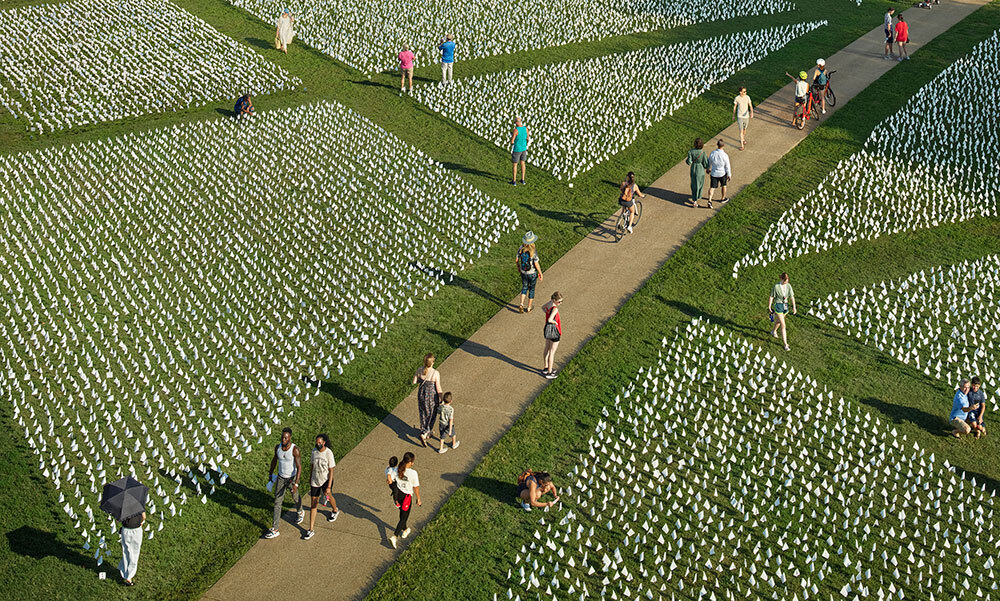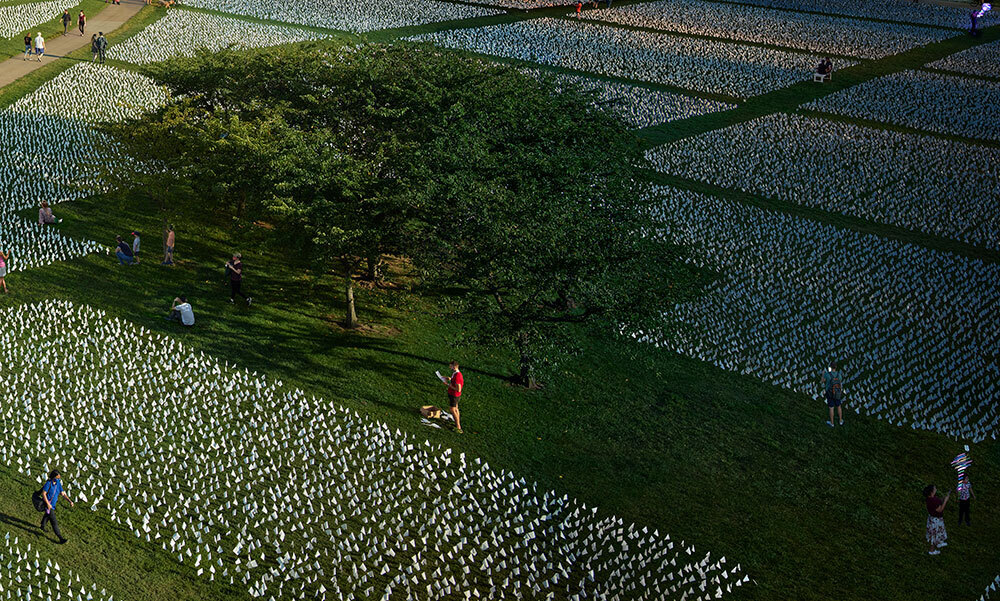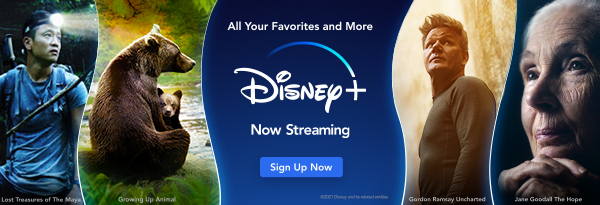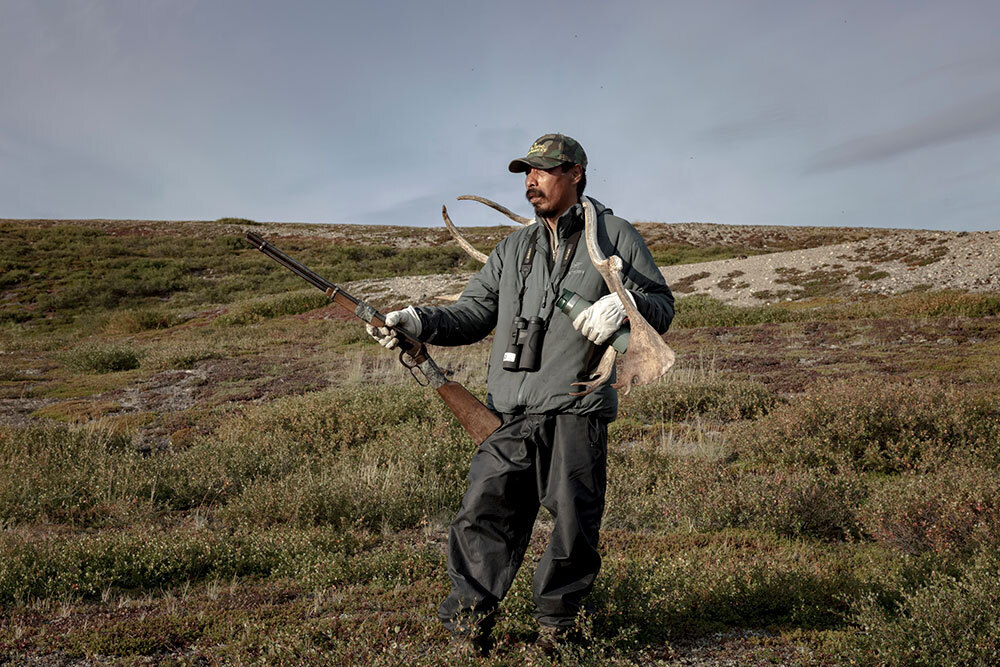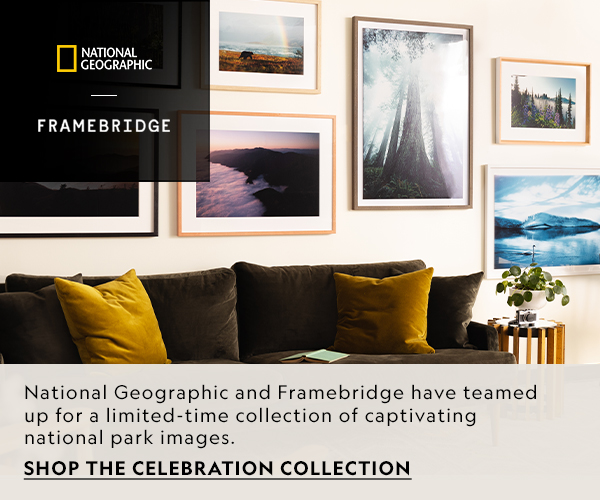|
Reflecting 700,000 COVID-19 deaths. Plus, capturing the wonder of the northern lights; the biggest peach pie; R.I.P. Nick Oza; and a young photographer’s beginnings |  | Saturday, October 2, 2021 | | | | | | In today’s newsletter, a moment for 700,000 souls; capturing the wonder of the northern lights; the biggest peach pie; R.I.P. to a Pulitzer-winning photographer … and one young photographer’s beginnings. | | 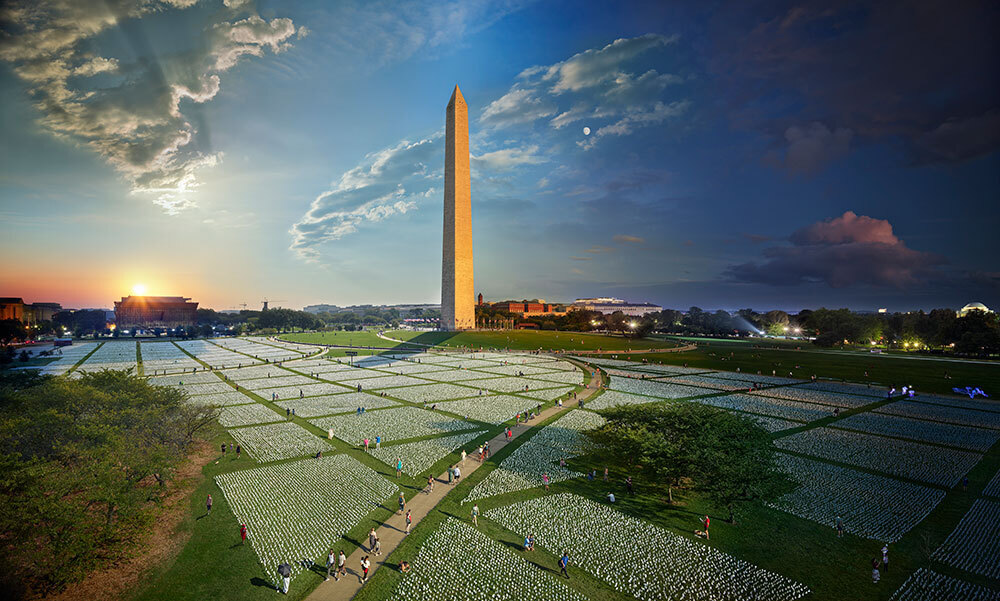 | PHOTOGRAPHS BY STEPHEN WILKES
| | By Whitney Johnson, Director of Visual and Immersive Experiences
How do you experience, really see, monumental loss?
As artist Suzanne Firstenberg and her team were installing In America: Remembered on the National Mall, I saw her vision come to life.
To walk amid the sea of flags, the staggering scale of loss is made visible: 693,000 flags and counting, each representing a life lost in this pandemic. I watched as loved ones kneeled, paying tribute to family members lost, or perhaps to strangers.
The art installation will close Sunday, but another artist, Stephen Wilkes, has memorialized this impermanent monument in a single, epic photograph (above).
Standing beside him on the mall, I watched as he selected his vantage point for the next two days with purpose, talking through the visual elements that would unfold over the next 24 hours: the Washington Monument placed centrally in the frame, serving as a sundial marking the passage of time; the sun rising over the Smithsonian National Museum of African American History and Culture, a tribute to the disproportionate impact the pandemic has had on communities of color; the hope that a nearly full moon would be visible in the sky; and the walking path as a central narrative element, leading visitors and your eye through the frame. (Below, two details from that single-frame photo, showing people passing the monument.)
| | | | | Using his signature Day to Night technique, Stephen’s usual 24 hours ballooned into 30. He made 4,882 images, later blending 101 into a single composite frame (below, video of him and assistant Lenny Christopher working). Stephen, also a Nat Geo Explorer, has photographed iconic places from Yosemite to Coney Island, and significant events, like presidential inaugurations and the Tour de France, but this felt different.
“As I looked through the photographs I could see the gestures, the interactions, then it hit me,” Stephen said. “This is the power of beauty–the scene is so beautiful, so epic, but in spite of the beauty, the subtext is death.”
He continued: “My goal was to find the grace yet still represent the loss.”
As I write this, the recorded U.S. deaths from COVID-19 are nearing 700,000 people, and may pass that sad landmark by the end of the weekend.
Do you get this newsletter daily? If not, sign up here or forward this to a friend.
| | | |  | | TIMELAPSE VIDEO BY STEPHEN WILKES | | | | | Pure wonder: Our photographer of the stars, Babak Tafreshi, experienced the joy of the northern lights in Iceland and created a TikTok video, with string accompaniment, to share the moment. “Get ready,” one onlooker says as the lights change color. “Here comes the crown.” See the video.
R.I.P. Nick Oza: The two-time Pulitzer-winning photographer for the Arizona Republic immersed himself in the lives of immigrants to capture moments of high emotion, often expressed through a person’s face or hands. Nick, an immigrant from India himself, was "a muse to colleagues and a medium for those seeking asylum or justice or truth or comfort,” said Greg Burton, the newspaper’s executive editor. He died after suffering injuries in a car accident on September 3, the Republic reported.
More microphotography: After the images of seeds and flowers of key foods appeared in last week’s newsletter, readers wrote in to say they were inspired and understood the connection better between nature than themselves. Reader Sharon Gold noted that more than a century ago, Karl Blossfeldt built “his own cameras with magnifying lenses to achieve equally beautiful and instructive images, amazing for their time.” Marilyn Marks calls the work vital in erasing a disconnect for humans. “The very reason we are so willing to trash our planet [is that] we literally do not see the little things that make it function as a whole,” she wrote.
| | | | |
Protecting the caribou: Johnny Boline holds his rifle and a caribou antler shed in the Barren Lands in Canada’s Northwest Territories. In this video, with the wind rushing through, he tells photographer Katie Orlinsky that he has spent his summer working as the bear monitor at a camp dedicated to preserving the region’s caribou population. The number of the region’s Bathurst herd of caribou has dived from more than 400,000 in 1986 to fewer than 9,000 today. That prompted the Tłı̨chǫ government to begin the caribou monitoring program in 2016, a year after banning caribou hunting.
Related: Poachers target largest reindeer herd
| | | | 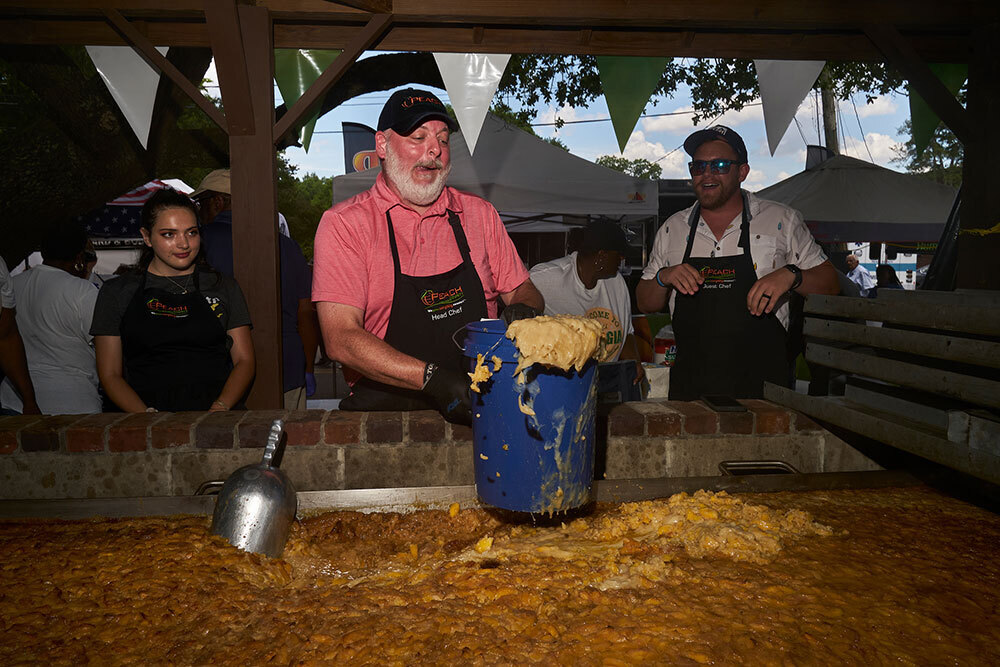 | PHOTOGRAPH BY STACY KRANITZ
| |
The peachiest: For a story on attempts to fashion a peach that can withstand Georgia warming climate, photographer Stacy Kranitz captured an image from this year’s Georgia Peach Festival. Using 75 gallons of Georgia peaches and an 11-by-5-foot pan (that’s 8 inches deep), Rich Bennett (center) cooked up the "World's Largest Peach Cobbler." Yes, we’re getting hungry.
| | | |  | PHOTOGRAPH BY CHIEN-CHI CHANG, MAGNUM PHOTOS
| |
25 years ago: Photographer Chien-Chi Chang captured this image of a couple getting married in New York’s Chinatown neighborhood. It was published in National Geographic’s August 1998 issue and the photo hangs in the home of the couple, who celebrated their 25th anniversary this week—and who raised a talented young photographer themselves. “I’ve been looking at National Geographic my whole life,” their son, Tyler Chan, told me earlier this week. Tyler, who I met in the International Center of Photography's Teen Academy program, recently published photographs in the New York Times Magazine in one my favorite issues of the year. Taylor’s dad, Gordon, still has friends telling him their wedding was the largest Chinatown wedding reception they’d ever seen. “At the time, we felt obligated to have this type of large format traditional wedding,” Gordon said, noting there are fewer such events and no neighborhood venues the size of their banquet hall, Jing Fong, which closed in February.
Related: How America’s Chinatowns developed—and changed
| | | | | This newsletter has been curated and edited by David Beard, Jen Tse, and Monica Williams. Amanda Williams-Bryant, Rita Spinks, Alec Egamov, and Jeremy Brandt-Vorel also contributed this week. Have a comment or contribution? Let us know | | | | | PREVIOUSLY ON NAT GEO ... | |  | SHARE YOUR THOUGHTS |  | We'd like to hear from you! Tell us what you think of our emails by sharing your feedback in this short survey.
| | | | Clicking on the Facebook, Twitter, Instagram, and National Geographic Channel links will take you away from our National Geographic Partners site where different terms of use and privacy policy apply.
This email was sent to: . Please do not reply to this email as this address is not monitored.
This email contains an advertisement from:
National Geographic | 1145 17th Street, N.W. | Washington, D.C. 20036
Stop all types of future commercial email from National Geographic regarding its products, services, or experiences.
Manage all email preferences with the Walt Disney Family of Companies.
© 2021 National Geographic Partners, LLC, All rights reserved. | | | |


